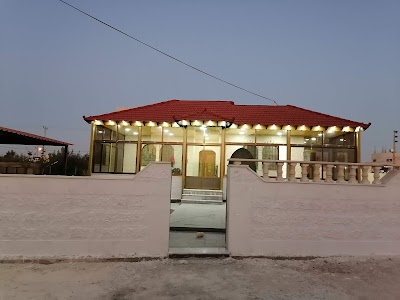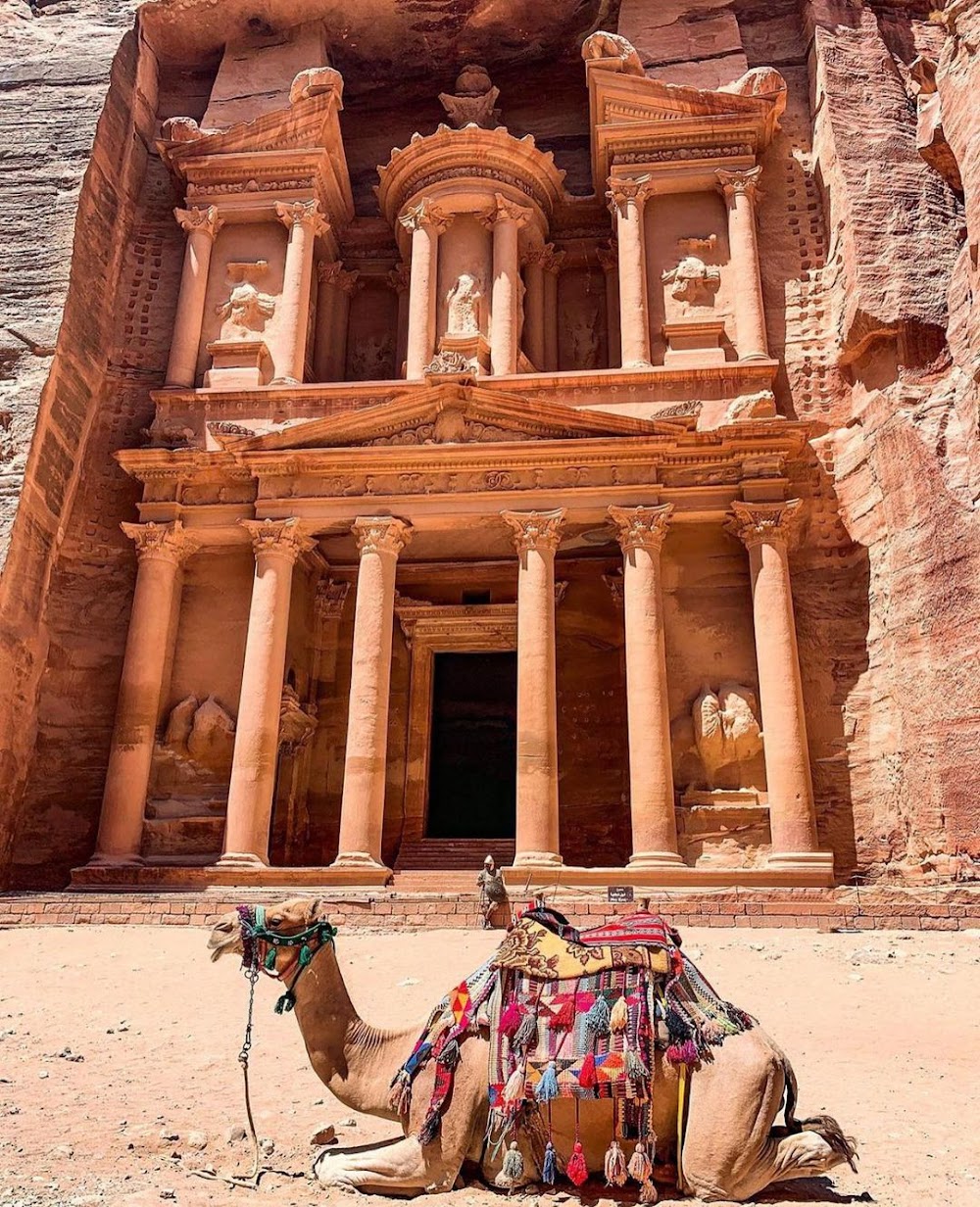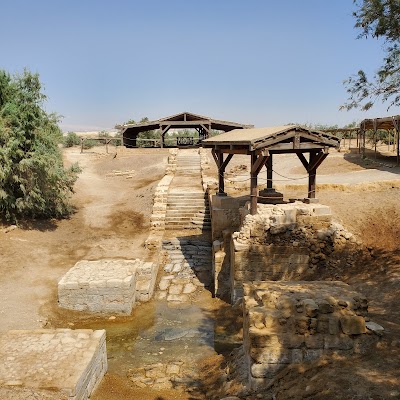The Monastery (Ad Deir) (الدير)
Related Places
Overview
In the ancient city of Petra, located in Ma'an Governorate, Jordan, stands one of its most awe-inspiring monuments: The Monastery, also known as Ad Deir. This magnificent structure, perched high amidst rocky cliffs, showcases the remarkable ingenuity and craftsmanship of the Nabataean civilization that flourished over 2000 years ago.
Constructed in the 3rd century BCE, The Monastery was originally a temple dedicated to the Nabataean king Obodas I, who would later be deified. Rather than serving as a traditional monastery, it was likely a gathering place for religious ceremonies and sacred rituals, holding great significance in the spiritual life of the Nabataeans.
The construction of The Monastery is a true marvel of engineering. Carved directly into the iconic rose-red sandstone cliffs, artisans employed chisels and hammers to meticulously sculpt the façade, which measures an impressive 47 meters wide and 48 meters high. Remarkably, the skilled craftsmen worked from the top down, ensuring that the intricate details and towering columns were flawlessly executed.
Upon entering Ad Deir, visitors are greeted by a large rectangular entrance that leads to an interior chamber, which is surprisingly minimalist compared to the ornate exterior. This chamber, approximately 12 meters square, likely served as a venue for various religious practices. Above the entrance, a large urn—a hallmark of Nabataean tombs—symbolizes the concept of eternal life.
The journey to The Monastery is an adventure in itself, involving a climb of around 800 steps that wind through breathtaking mountainous landscapes. While the strenuous trek may deter some tourists, it preserves the tranquility and majesty of the site, rewarding those who reach it with stunning panoramic views of the surrounding valleys. The strategic positioning of the monument also highlights its role as a defensive stronghold.
Despite its name suggesting a monastic purpose, there is scant evidence that The Monastery was ever inhabited by monks. It acquired its name during the Byzantine period when Christian crosses were discovered within the site, likely left behind by pilgrims who visited this sacred location.
Over the centuries, The Monastery has withstood the test of time and the pressures of modern life, thanks in large part to its durable sandstone construction and remote location. Today, it is celebrated as one of Petra's most monumental and visually captivating structures, evoking wonder in all who encounter its grandeur.
In recent years, conservation initiatives have been launched to protect this historical gem from erosion and the impacts of human activity. Authorities and archaeologists are dedicated to preserving its structural integrity while ensuring that future visitors can continue to experience its breathtaking beauty.
The combination of remarkable engineering, profound religious significance, and stunning natural surroundings makes The Monastery not merely a relic of the past, but a vibrant chapter in the ongoing story of human civilization.









